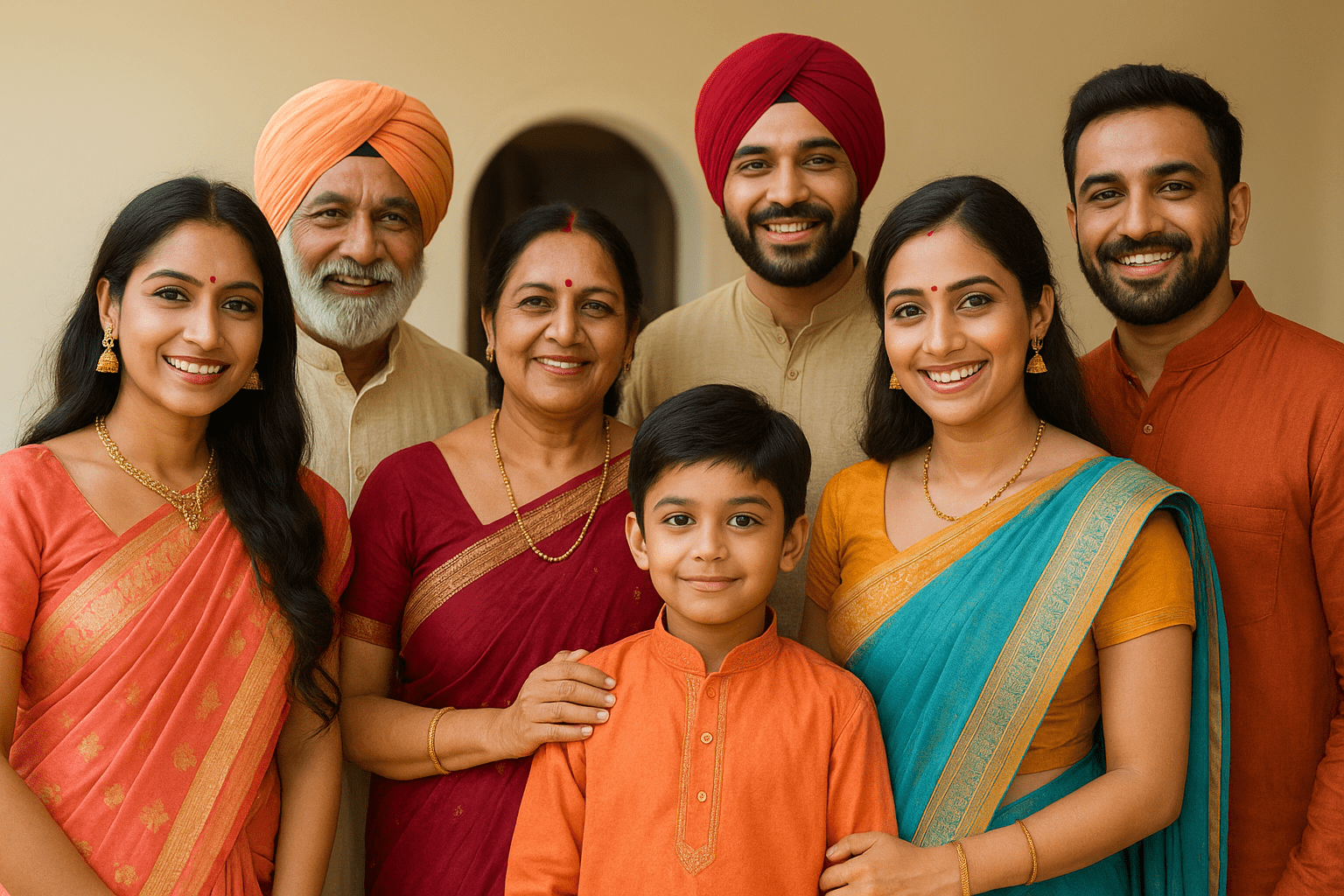
Majestic Maharashtrian Weddings: A Grand Tapestry of Rituals, Colors & Cuisine

Majestic Maharashtrian Weddings: A Grand Tapestry of Rituals, Colors & Cuisine
With their perfect blend of cultural pride, elegant simplicity, and deep-rooted traditions, Maharashtrian weddings are one of the most graceful wedding experiences in India. Rooted in Vedic customs yet refreshingly modern, these ceremonies are celebrated with devotion, color, and familial warmth.
Unfolding the Pre-Wedding Ceremonies
In Maharashtra, a wedding is as much a spiritual journey as it is a celebration. The pre-wedding rituals set the tone with heartfelt gestures, blessings, and joyous preparations.
- Sakhar Puda: A sweet exchange of gifts and sugar symbolizing the beginning of matrimonial alliance.
- Kelvan: A ritual meal hosted by both families to honor deities and ancestors before the big day.
- Halad Chadavane: The bride and groom are anointed with turmeric paste by married women to purify their aura and beautify them naturally.
- Chooda Ceremony: Red glass bangles are blessed and placed on the bride’s wrists, symbolizing married life.
These rituals are accompanied by traditional songs and rhythmic lezim music that brings communities together.
The Grand Wedding Day: Sankalp to Saptapadi
Maharashtrian wedding ceremonies are pragmatic yet dazzling in their symbolism. Held usually during the morning or early afternoon, the wedding day is a sacred event that begins with blessings and ends in a promise of lifelong companionship.
- Antarpat: A silk cloth separates the bride and groom as sacred mantras are recited.
- Gaurihar Puja: The bride worships Goddess Parvati, seeking blessings for a harmonious marriage.
- Sankalp and Kanyadaan: The bride’s parents give her away to the groom, invoking duty and love.
- Saptapadi: The couple takes seven vows around the holy fire, promising fidelity and mutual respect.
Brides are resplendent in Paithani sarees, adorned with Nath (traditional nose ring) and Mundavalya (strings tied across the forehead). Grooms wear silk dhotis, kurta, and a Pheta, a traditional turban specific to the groom’s family heritage.
To understand similar rituals in other communities, explore Kannada wedding traditions and Haldi ceremonies in Indian weddings.
Regional Flavors and Festive Feasts
No Maharashtrian wedding is complete without a lavish satvik feast served on banana leaves. The wedding menu is pure vegetarian, bursting with flavor and tradition.
- Batata Bhaji – A spiced potato dish with mustard tempering.
- Masale Bhaat – A traditional spiced rice preparation with vegetables.
- Puran Poli – A festive sweet flatbread stuffed with jaggery and lentils.
- Solkadhi – A digestive drink made with coconut milk and kokum.
Modaks and Ladoo round off the meal, symbolizing divine blessings and sweet beginnings.
To explore culinary traditions further, savor our feature on Indian wedding feasts across regions and their delicious legacy.
Music, Dance & Family Joy
Maharashtrian weddings blend devotional music with playful celebration. As shehnai melodies play, families participate in folk songs, lavani dance performances, and joyful banter. The post-wedding Varat (bride’s departure) and Grihapravesh (entry into the groom’s home) are emotionally poignant yet festive moments.
For brides from other cultures experiencing fusion weddings, see how families personalize intercultural ceremonies with regional flavors.
Bringing it All Together
A Maharashtrian wedding isn’t confined to rituals alone—it’s a celebration of simplicity, family bonds, and spiritual grounding. Blending traditional beauty with heartfelt expression, these ceremonies are both soulfully intimate and joyously communal.
Ready to begin your own timeless love story? Find your perfect match today and explore meaningful connections rooted in tradition and love.
Also Read:
